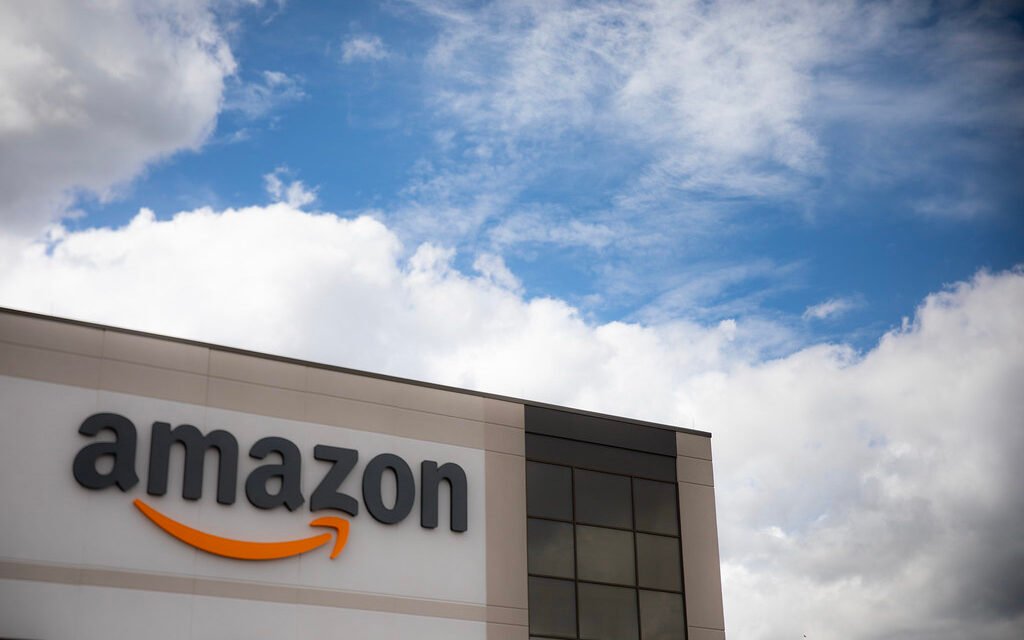In July, as the world recorded its hottest month on record, Amazon released its sustainability report with great fanfare. The company celebrated its first decrease in total emissions since reporting began in 2018, but a closer look reveals a mere 0.4 percent decline to 71.3 million metric tons. At this rate, Amazon won’t reach its 2040 net-zero emissions target until 2378, painting a concerning picture of the company’s commitment to combating climate change.
A Closer Look at the Numbers
Amazon founder Jeff Bezos announced the firm’s net-zero target in 2019, following a walkout by thousands of employees at its Seattle headquarters. However, despite its claims of leadership, Amazon’s overall emissions have surged by almost 40 percent since the announcement. The company’s carbon accounting is suspect, as it only includes a small fraction (1 percent) of total sales, conveniently leaving out the vast majority of its carbon footprint.
The sustainability report highlighted Amazon’s intention to address supply chain emissions, which make up over three-quarters of its total emissions. Yet, with the exclusion of 99 percent of products sold and distributed directly by Amazon or third-party sellers, a significant portion of the corporation’s emissions remains unreported. Amazon’s approach threatens to set a low standard for environmental reporting and standards across the industry.
The Climate Pledge and Greenwashing
According to Amazon’s website, over 424 businesses and organizations in 38 countries have joined the Climate Pledge since 2019. Unfortunately, Amazon’s failure to meet its own ambitions turns the pledge into mere greenwashing. This risks setting a precedent for other corporations, with some big names like PepsiCo, Coca-Cola, Unilever, and Iberdrola also accused of engaging in greenwashing or retracting their net-zero promises.
Amazon Employees for Climate Justice, the group that organized the 2019 walkout, expressed disappointment over Amazon’s decision to discontinue the “Shipment Zero” program, designed to make half of all shipments carbon neutral by the end of the decade. This move prompted another walkout, highlighting the dissatisfaction among Amazon’s own workforce.
Beyond Emissions: Waste and Data Centers
Amazon’s impact on the environment goes beyond emissions. The company is responsible for a significant amount of plastic and packaging waste, as well as the destruction of millions of new and unsold products every week. In the UK alone, leaked documents revealed over 124,000 new and unused items marked for destruction, including laptops, smart TVs, and more.
The tech giant’s data centers, operated by Amazon Web Services (AWS), play a crucial role in the digital economy. While Amazon markets itself as the “biggest corporate buyer of renewable energy,” concerns arise regarding transparency and commitments to renewable energy expansion. Furthermore, Amazon’s relentless expansion, such as the construction of three new data centers in Ireland, poses a threat to the country’s ability to meet its climate targets.
A Global Movement for Change
A coalition of workers, activists, and community groups is actively challenging Amazon’s practices. From US delivery drivers striking for better working conditions to tech workers walking out at Amazon’s headquarters, and climate activists blockading distribution centers in the UK and Germany, a global movement is rising against the corporate giant.
As elected representatives, we stand in solidarity with these groups, bringing their demands into our parliaments. Our commitment includes regulating the growth and climate impact of data centers, preventing Amazon from dumping new and unused products, and challenging the company’s corporate power and greenwashing. It’s time to hold Amazon accountable and work towards a sustainable future for all.










